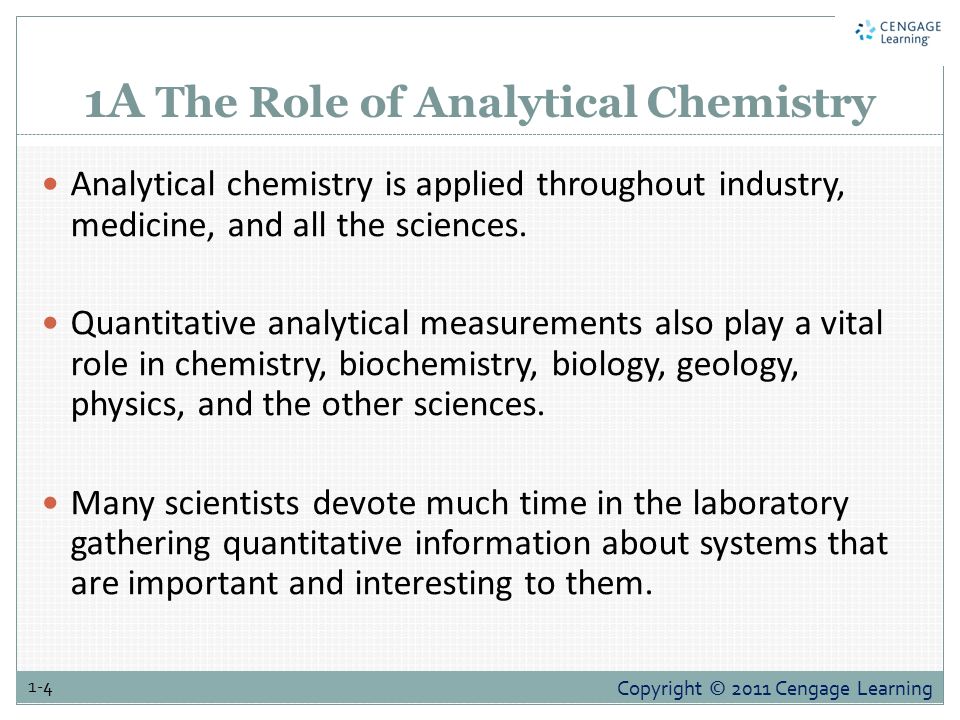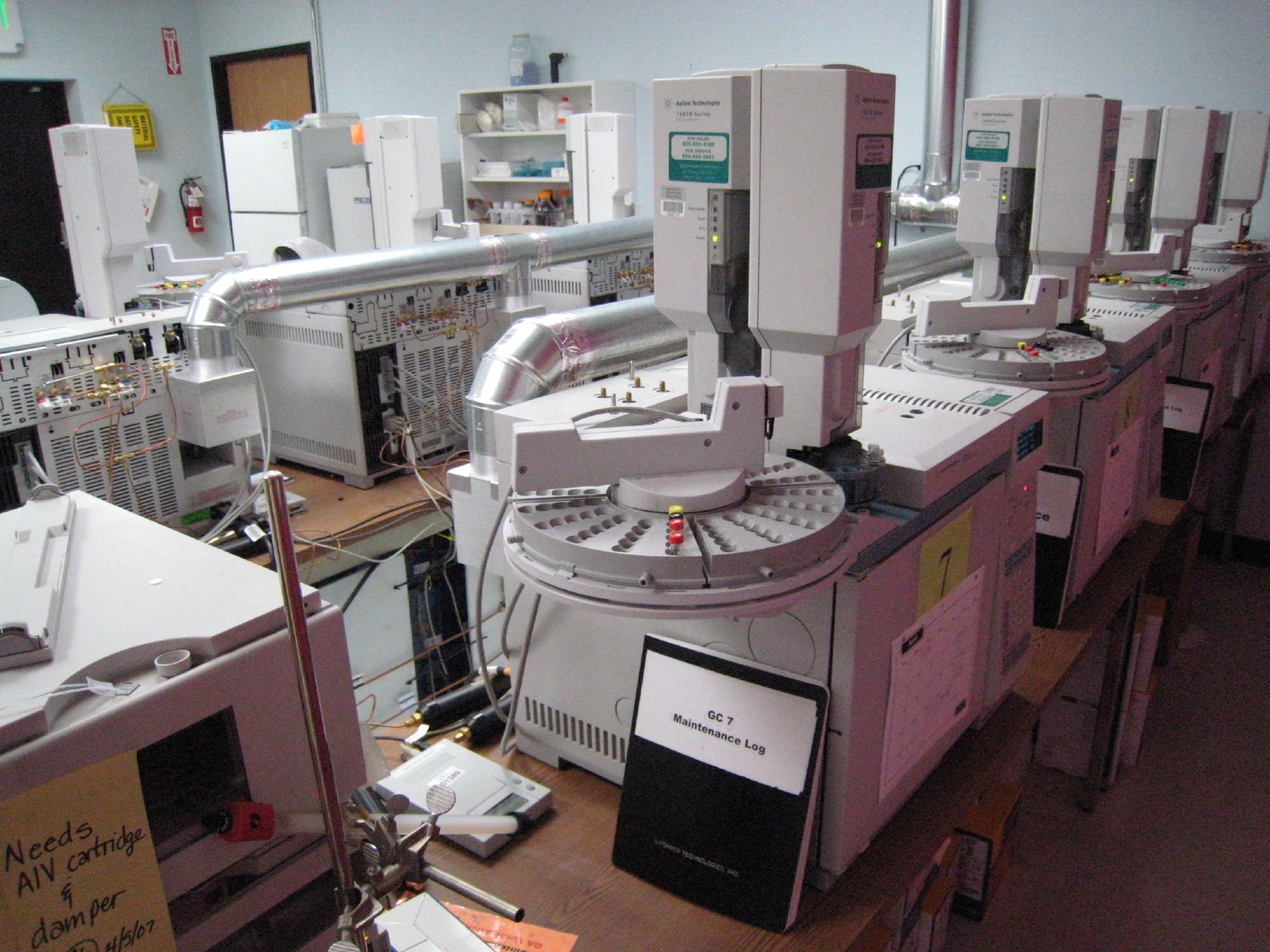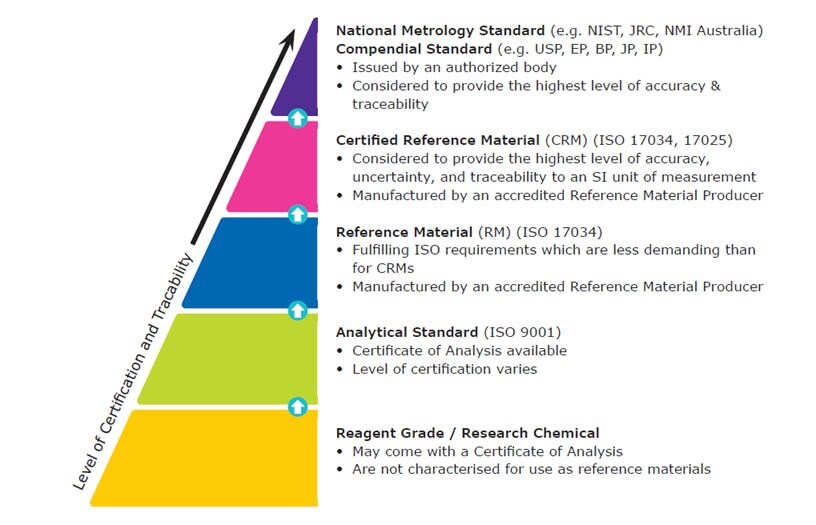Indicators on Analytical Balance Calibration You Need To Know
Wiki Article
The Ultimate Guide To Mettler Toledo Analytical Balance
Table of Contents4 Simple Techniques For Analytical LaboratoryEverything about Analytical LabUnknown Facts About Mettler Toledo Analytical BalanceThe Best Strategy To Use For Analytical Laboratory
The scheduling problems with training can be overcomedigital resources are easily accessible anytime and anywhere the student has internet gain access to. mettler toledo analytical balance. Here's the killer part of application thoughin a study that I have actually adhered to, a peer group of trainees after that gather to train each other, based on what they have learned online.It gets better, the students are after that required to utilize their wearable or mobile tech to videotape the very same operations during "day-to-day" work over a collection duration or number of events, and these videos are after that posted for testimonial to ensure training transfer right into the work environment. This method is development as opposed to change, yet it has so much that is positive going for it.
, then, with some standardization, we could perhaps start to construct an electronic educational program that could be used on an industry large basis, which is the second crucial proposal I desired to lead us towards.
We may wish to ask ourselves if we are truly providing a terrific commercial training and discovering experience to our team, and exactly how anything we do to enhance the effectiveness of lab training, could pay us load very swiftly in terms of enhanced conformity, top quality, and lab performance. Not to mention the morale uplift in our personnel that really feel more "purchased" as well as have the ability to happily display their electronic badges which are collecting well in the direction of their Registered Analytical Chemist accreditation.
Some Known Incorrect Statements About Analytical Testing
Pure as well as Applied Chemistry, 2016, Quantity 88, Problem 5, pp. 477515; online 22 June 2016Human mistake in chemical evaluation is any kind of action or lack thereof that leads to surpassing the resistances of the conditions needed for the normative work of the measuring/testing (chemical analytical) system with which the human engages.On various other steps of chemical analysis the human is the analyst/operator of the determining system. The resistances of the conditions are, for example, intervals of temperature and pressure values for sample decomposition, purity of reagents, p, H values for an analyte extraction and splitting up, and so on. They are created in a typical operation treatment (SOP) of the evaluation defining the normative job, based upon results of the analytical method validation research study.
The mistakes may occur at any type of action of chemical logical measurement/testing procedure, m = 1, 2,, M (location of the error). The major actions, for example, are: 1) selection of the chemical logical technique and also corresponding SOP, 2) sampling, 3) evaluation of an read the article examination part, as well as 4) computation of test results and also coverage.
The chemical evaluation may start from an analyte removal from an examination section as well as separation of the analyte from other parts of the extract. On the various other hand, deciding on of an analytical method as well as SOP might not be essential in a research laboratory where just one technique and corresponding SOP are used for a details job.
How Gc Chromatography can Save You Time, Stress, and Money.
The kind of human mistake and the step of the evaluation, in which the error may happen, develop the occasion situation, = 1, 2,, I. There are optimum I = K M situations of human errors. Because K = 9 below, I = 9M. These situations created generate a map of human analytical testing labs near me mistakes in chemical analysis.The primary system parts are: 1) validation of the measurement/analytical technique and also formulation of common procedure procedures (SOP); 2) training of analysts as well as effectiveness screening; 3) high quality control utilizing statistical graphes and/or various other methods; and 4) supervision. Each of such components has weak points, where errors are not protected against, comparable to holes in slices of the cheese.
That is displayed in Fig. 1 as the pointers blocked by the layers. In order for an incident to occur and an atypical examination result to show up, the openings in the layers have to align at the exact same time to allow a trajectory of incident opportunity to pass the system (with its issue), as portrayed in Fig.

Blocking human mistake according to situation i by a quality system component j can be extra reliable in presence of another component j' (j' j) since of the harmony (i)jj' in between the two components. The synergy may amount to 0 or 1 whenever the result is lacking or existing, specifically.
Top Guidelines Of Analytical Testing
The performance rating of the high quality system at various actions of the evaluation can be evaluated. Examples of the quantification are offered in Annex A of the Overview. Threat Assessment of Human Mistakes, Given that the threat of human error is a combination of the possibility and the extent of that mistake, their decrease rij is the risk reduction.

Report this wiki page